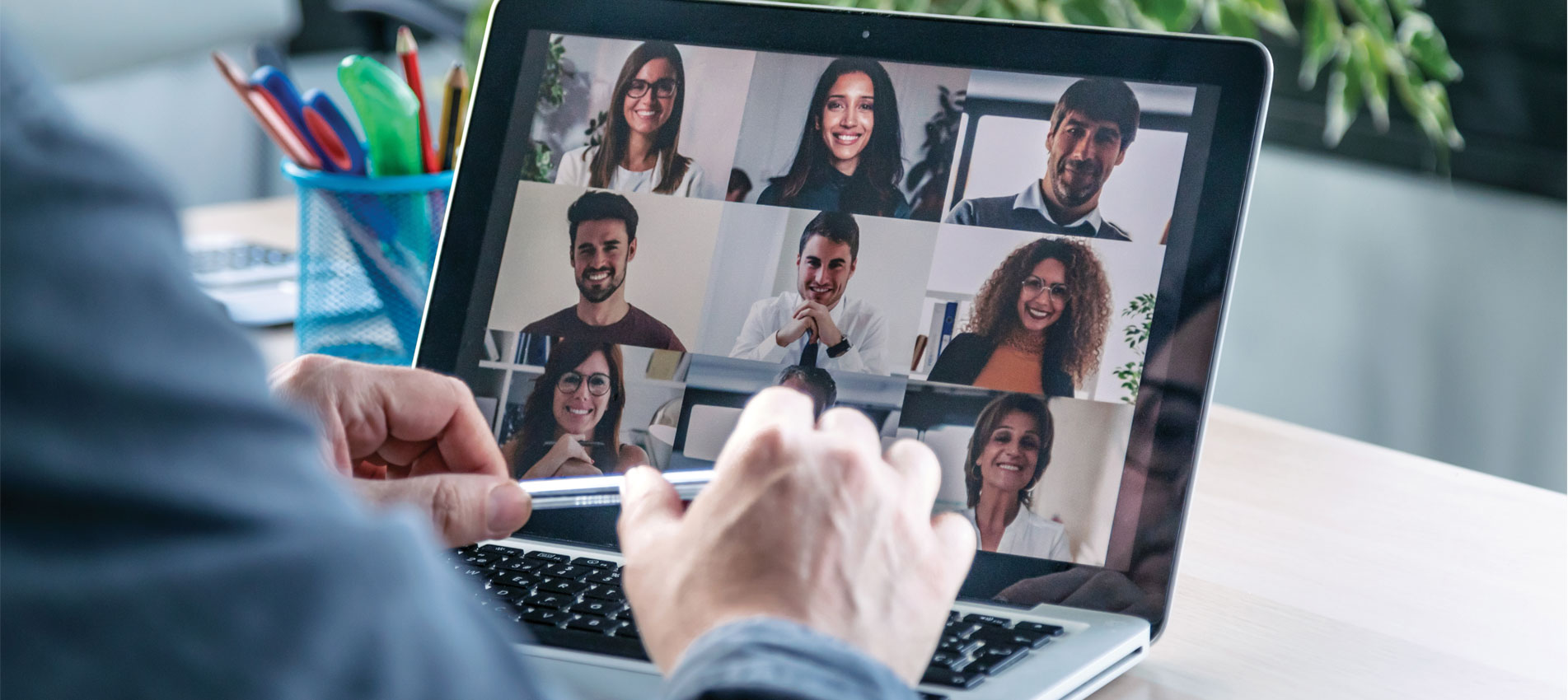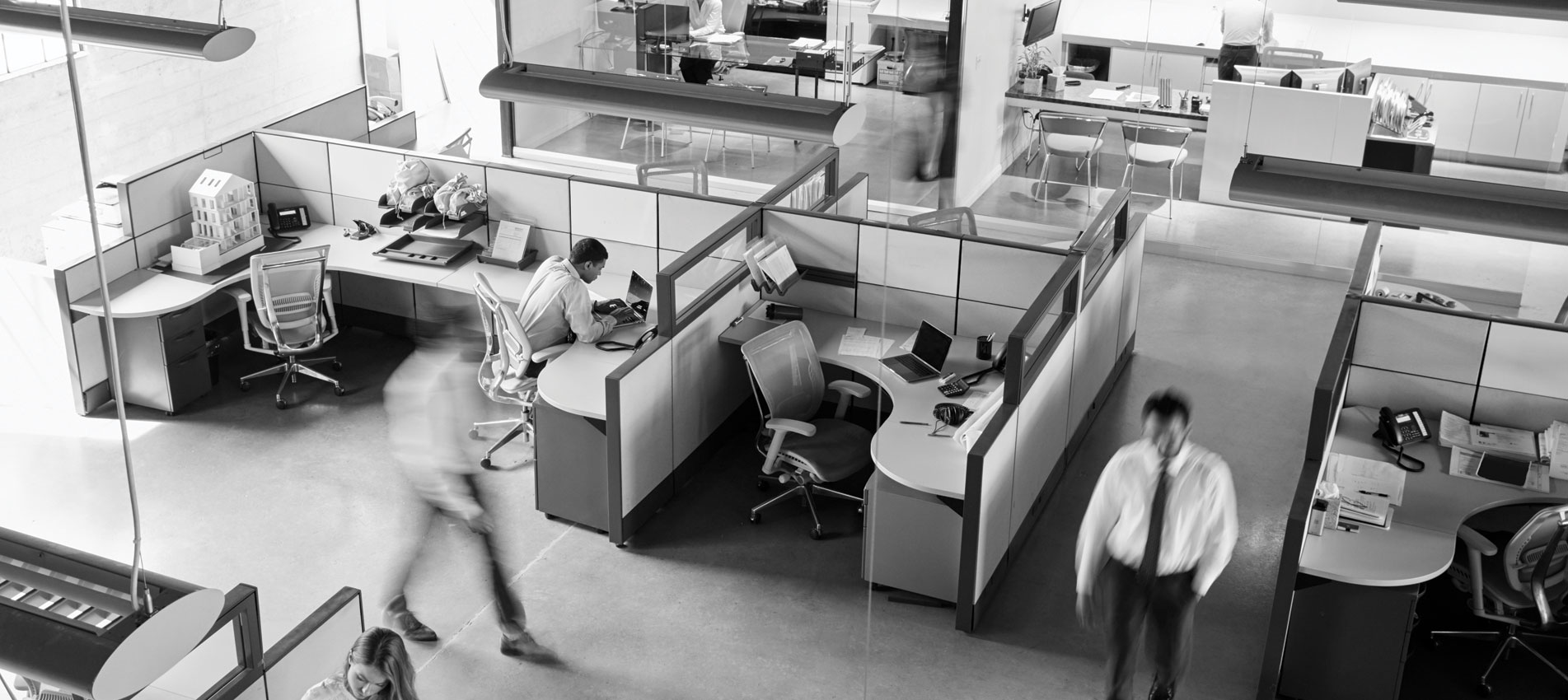Articles | September 15, 2020
The Future of Work is Now
After years of incremental changes, the public health emergency is fast-forwarding us into the future of work. Everyday norms are no longer taken for granted — including the nature of the work we do; when the work is done; who does the work; and where it is done. We explore this new future of work below.
Work: What employees do and how they do it.
| Past | Future |
|---|---|
|
Traditional seniority-based hierarchy |
Team-based approach with virtual teams common across a digitally distributed workforce Promote agile working — bringing people, processes, and technology together to find the most effective way of getting the job done |
|
Require use of company equipment |
Support use of personal devices |
|
Beginning automation of routine tasks and roles |
Accelerated digital transformation across all industries and functions requiring new skills, upskilling, and retraining |
|
Focus on process, inputs and tasks |
Focus on results-driven work Emphasis on work’s meaning and purpose to enhance engagement and productivity |
Workday: When the work is done.
| Past | Future |
|---|---|
|
Set work schedules |
Schedules flex to accommodate personal responsibilities and priorities (e.g., caregiving) “Windowed work” allows employees to divide their day into distinct windows of personal and work time |
|
Work/life balance |
Work/life integration. Work is part of life and vice versa. |
|
Commuting leading to longer workdays and increased stress |
Less/no commuting reduces stress and frees up time for work/life integration |
|
A “in-the-office/face time” culture sometimes motivated by mistrust of remote workers and concerns about productivity and quality |
Wider acceptance and encouragement of remote work and its benefits to productivity and well-being |
|
“Always on” culture enabled by technology |
Organizations prioritize well-being, workers expect and organizations support disconnecting outside traditional working hours |
|
Frequent travel to attend in person meetings and events |
Essential travel only, most meetings virtual and better prioritization of needed meetings |
Workforce: Who does the work, including recruitment, skills, development, and rewards.
| Past | Future |
|---|---|
|
Workforce planning focused on traditional organizational structure |
Agile workforce planning is fluid and rewards cross-organizational collaboration assisted by technology. Model balances short and long-term workforce needs. |
|
Talent acquisition linked to educational level and/or geography |
Consider borderless candidates for certain roles, with the primary focus on cultural fit, skills and attributes |
|
Hiring tied to defined roles |
Talent acquisition parallels business goals by filling current needs and seeing agility as a necessity, individual roles evolve as business needs change |
|
Climbing the “corporate ladder” |
Talent development and career progression support work/life integration leading to personal and professional growth |
|
Keep professional and personal lives separate |
Recognize and accept the whole person, promoting mental, social, physical, and financial well-being |
|
“One size fits all” approach to training |
Multi-dimensional training/reskilling delivery; offer feedback loop for talent to suggest necessary training; support intellectual curiosity and innovation. |
|
“One size fits all” approach to benefits and rewards |
Personalized benefits support talent across the employment lifecycle |
Workplace: The physical environment where individuals work.
| Past | Future |
|---|---|
| Central office or hub and spoke office space model |
Smaller regional hubs or satellite offices lower real estate spend as work moves to the cloud, accessible from anywhere at anytime |
| In-person with co-workers in a shared workspace |
Employees encouraged to work wherever they can get their best work done; workspaces support different workstyles and flexibility preferences with options for focused, engaged, and collaborative work |
| Open-office plan layouts with cubicle farms |
Active workspaces with modular configurations for collaboration, privacy and concentration, and physical changes to comply with social distancing guidelines |
| Safety and health siloed; physical environments relatively generic for all |
Healthy and safe workspaces integrated; buildings support optimal air quality, noise levels, climate, and lighting; individually tailored workspaces Enhanced focus on environmentally friendly designs, sustainability, and reduced carbon footprints |
The future of work requires new capabilities, new skills, and a new way of thinking. Segal is helping organizations meet these demands to achieve pivotal transformations in work, address evolving workforce challenges and succeed in this new environment.
See more insights

Numbers Retirement Plan Sponsors Need to Know for 2026

Markets Commentary: Third Quarter 2025









